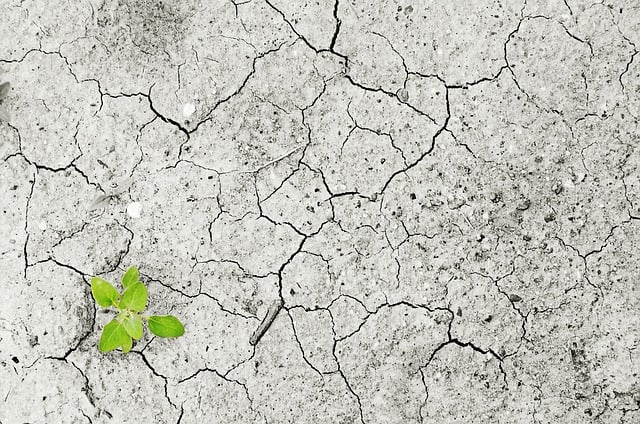One of the increasing threats that are yet to be taken very seriously is the menace of antibiotic resistance. This problem has radically become one of the biggest health challenge faced by mankind. However, antibiotic resistance has been highlighted in the UN Environment Frontiers Report 2017 as one of the 6 major global health problems.
Furthermore, it is necessary to note that antimicrobial resistance is the ability for microorganisms that cause the disease to resist the effects of antibiotics or antimicrobials, thus, multiplying at a very faster rate. A new study has confirmed that by the year 2050, the resistance of infections will be the major cause of sicknesses and death in the world.
However, another new study which has currently been issued in the journal Nature has envisaged a linkage between very warm temperatures and antibiotic resistance, further stating that it could be a big global threat on our heating planet. The recent research was headed by epidemiologists from Harvard Medical School (HMS), Boston Children’s Hospital, and the University of Toronto.
“The effects of climate are increasingly being recognized in a variety of infectious diseases, but so far as we know this is the first time it has been implicated in the distribution of antibiotic resistance over geographies.” This statement was the words of Derek MacFadden, who is an infectious disease scientist and the co-author of the research work.
“We also found a signal that the associations between antibiotic resistance and temperature could be increasing over time,” MacFadden also stated.
However, the research used more than a hundred facilities in the United States, and in the research work, E.coli, K.pneumoniae, and S.aureus were the bacteria used.
With the research work, it was discovered that a 10–degree rise in temperature is linked with a 4.2% increase in antibiotic-resistant strains of E.coli, 2.2% increase in the antibiotic-resistant strains of K.pneumoniae, and 3.6% in S.aureus.
Furthermore, another issue has been linked with the menace of antibiotic resistance which was found by the research team and that is, an increase in ten thousand people per square mile is linked with a 3% increase in antibiotic resistance in E.coli and 6% in K.pneumoniae.
“The bottom line is that our findings highlight a dire need to invest more research efforts into improving our understanding of the interconnectedness of infectious diseases, medicine, and our changing environment.” These were the words of the research co-author, John Brownstein, the chief director of the Computational Epidemiology Group at Boston.
The menace of antibiotic resistance is becoming a big threat to our global society today. If nothing is done to control this threat it could wipe the whole of humanity, due to the spread of diseases which could result in death. According to the CDC, more than 2 million people In the United States have been subjects to diseases as a result of the problem of antibiotic resistance and at least, more than 24,000 people die annually as a result of these diseases.
Due to the interconnection and the nature of the ecosystem, there is always a continuous interaction with bacteria. Essentially, this can be seen in the aquatic environment where the spread of antibiotic resistance is enormous.
It is however very necessary to know that the menace of antibiotic resistance is life-threating and it has been found that bacteria have become resistant to prominent antibiotics called ‘superbugs.’ This phenomenon has the probability to multiply in tropical counties like India, as a result of climate change and other sanitary problems in the country. It is also necessary to know that India is one of the countries with the highest bacteria disease problem in the world, and this could lead to detrimental problems to its population.
“We also know that if there is know that if there is low access to toilets to wastewater treatment, and low hand-washing facilities, there is likely to be increased infection transmission between people,” stated by William Gaze, the lead author of the Frontier’s Reports antimicrobial study.
Due to the fact that climate change is increasing every day, “increased heavy rainfall and flooding can transmit infection more rapidly, both antibiotic-resistant bacterial infection, (from water) and person to person infection,” Gaze made this known. He also said, “on one hand, we have climate change, and on the other, an increasing global population which means more demand on the environment, more pollution, and more waste to dispose off. Heavy rainfall, flooding and wastewater treatment don’t work well together; sometimes even developed countries systems cannot cope.”
“Experts are now working at finding more antibiotic products from nature. Maybe in time, a completely new type of drug will be found. There are also experiments using viruses to kill bacteria” Gaze concluded.
Conclusively, even though a statement from WHO has declared that antibiotic resistance is one of the biggest problems in the world today, scientist are now finding new ways to curb antibiotic resistance by producing vaccines to destroy viral diseases.






